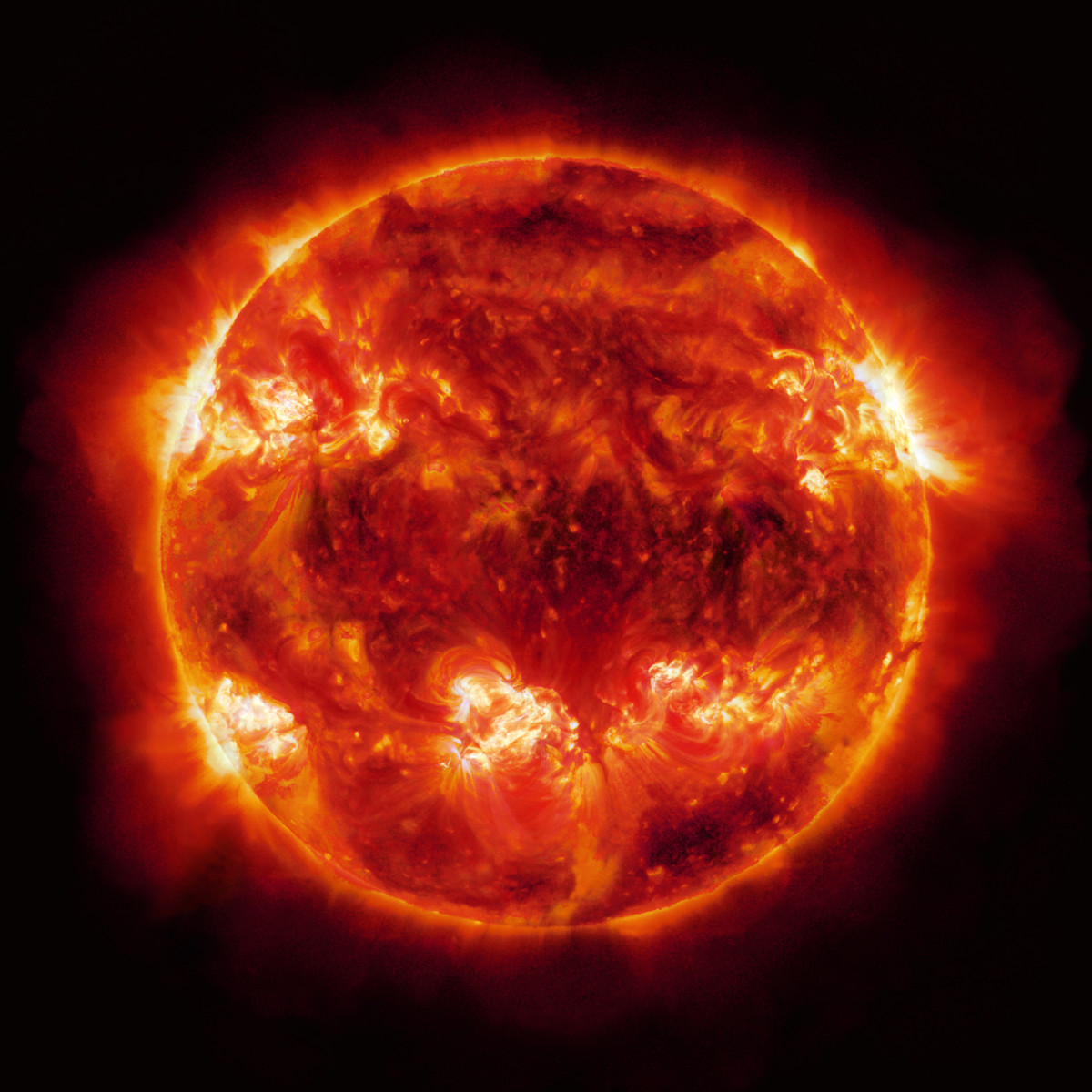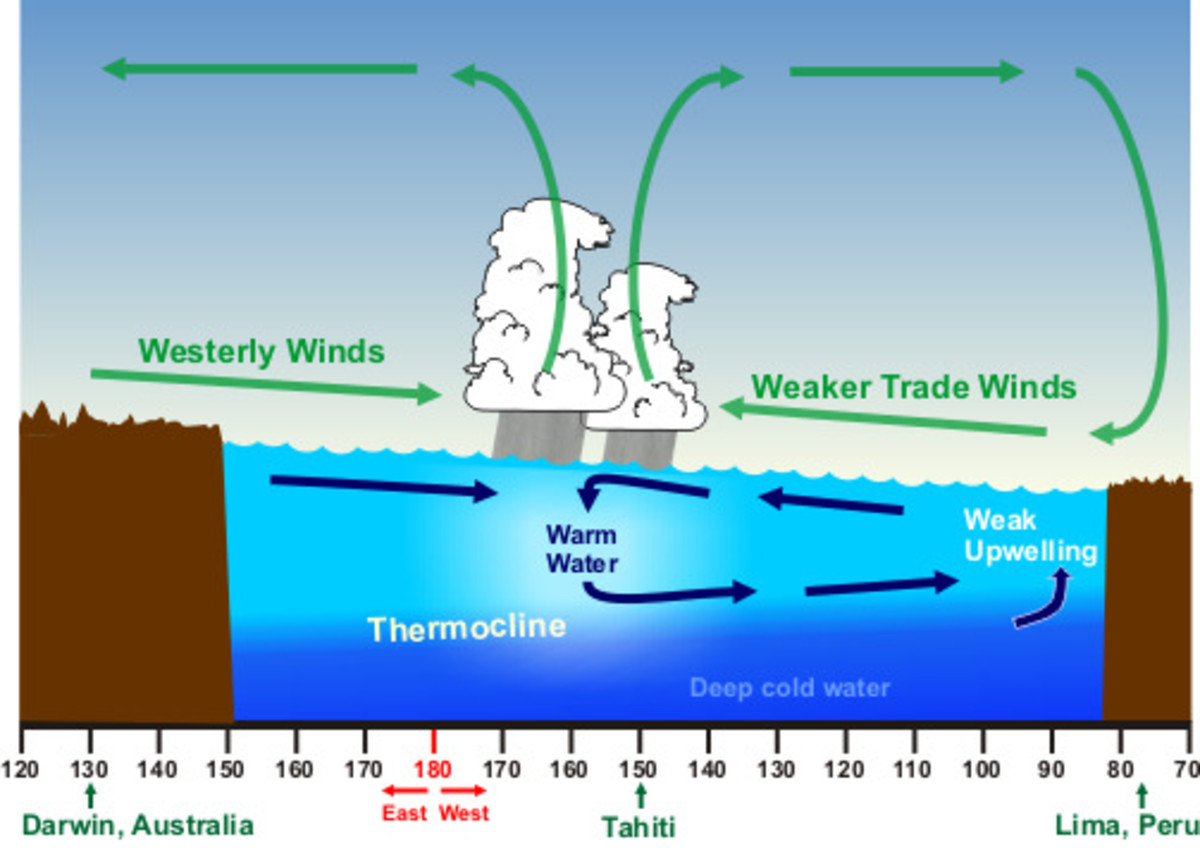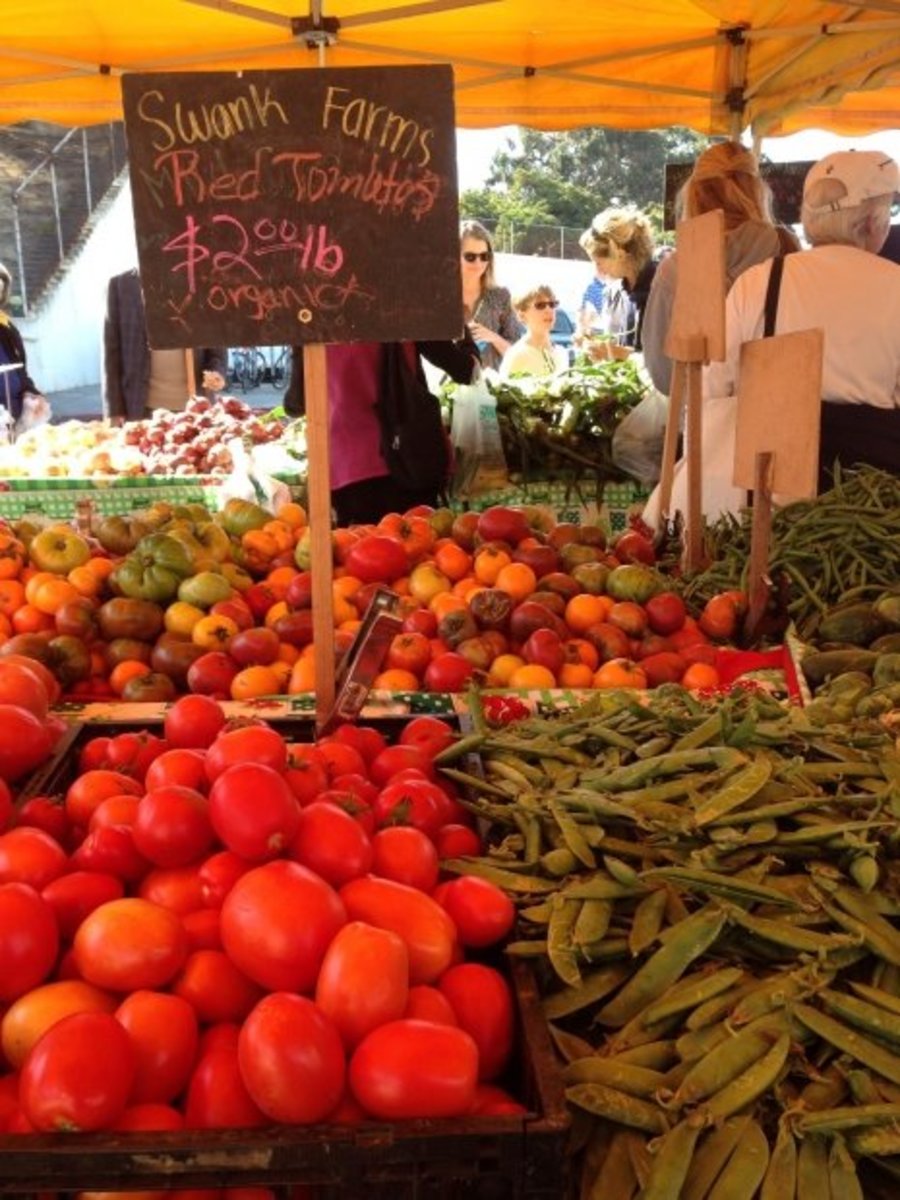Carbon Footprint and the Food Industry
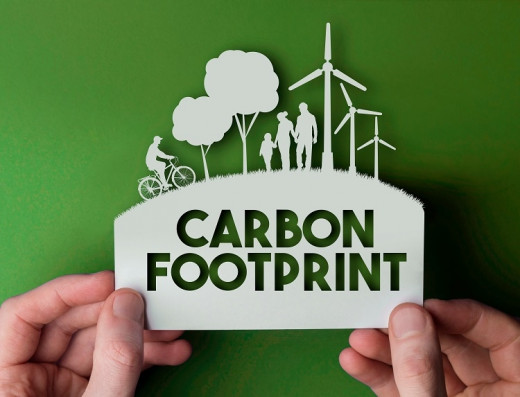
Carbon Footprint - What does it mean?
Carbon Footprint. As the world is shifting its pace towards a greener future the term "carbon footprint" has become a commonly hear one. But what does it actually mean?
Carbon Footprint is a way to evaluate GHG emission that results from an activity that is undertaken by an individual, event, organization, or community expressed as carbon dioxide equivalent. The carbon footprint is widely accepted as an indicator of greenhouse gas emissions and global warming.
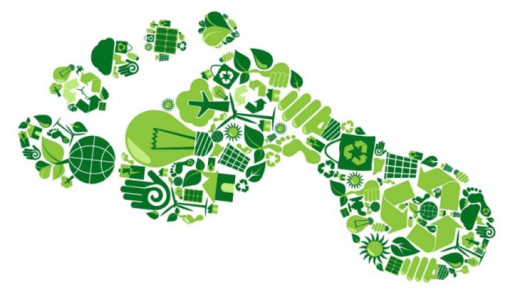
Importance of knowing your Carbon Footprint?
Are you aware of the impact your every action is having on the environment? Being aware is good but being aware, with facts and figures is even better.
What I mean is that, wouldn't it be better if there was a way to calculate how your actions affect nature? Well, researchers have developed a way to do that and that way is by estimating your Carbon Footprint.
The environment is now being badly affected by global warming from greenhouse gas build-up. Knowing the carbon footprint of your simple day-to-day activities and making conscious decisions to reduce your overall carbon footprint can be an imperial step in reducing the pace of global warming.
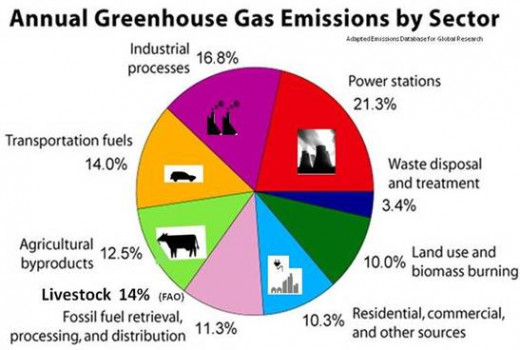
Relevance in Industries, especially food
Transport, housing, and food have the three largest carbon footprints. Food produces about 8 tons of emissions per household, or about 17% of the total.
So, Let's steer this discussion towards food. Food industry processes consist of growing, rearing, farming, processing, transporting, storing, cooking, and disposing of the food. All these activities add up to the carbon footprint of a single product that comes out of these industries. For example: let's talk about apples. First, they require different farming activities, during which the farmer may spray certain chemical fertilizers and pesticides on the trees to protect the fruit. Such practices result in increased GHG emissions. Then, after harvesting these apples are transported over distances where some might be sold immediately and some might be stored in facilities to ensure supply for future demand. Once an apple is consumed, there are the leftover parts to consider. These will decompose and cause a release of gasses like methane(CH4) carbon dioxide (CO2) and hydrogen sulfide (H2S).

So, if we add up the emissions from the starting point till the end, which is most possibly at a landfill we can get an estimate of the carbon footprint of producing and consuming apples.
Now, if these apples were canned to further increase their shelf-life their GHG emissions or more accurately their carbon footprint will be much higher, the reason being the additional processes that are added due to more processing.
"Foodprint" is the greenhouse gas emissions produced by growing, rearing, farming, processing, transporting, storing, cooking, and disposing of the food you eat.
It is necessary to note that almost each and every activity that occurs on this planet has a carbon footprint, so it would not be wise to think that to help the environment we can completely stop certain activities to reduce the overall global warming potential caused by them. Because that is simply not a convenient option. A better solution is a much simpler one: Reduce! By carefully assessing the CFs of various activities it can be determined which activities are a higher risk to the environment and then actions to reduce those activities can be made accordingly.
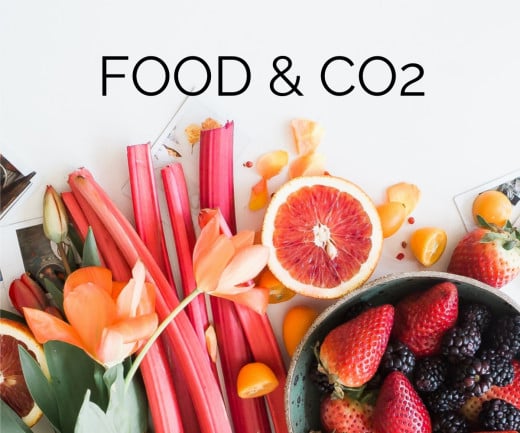
Major sources of concern in the Food Industry
Major sources of concern?
Within the food industry, the livestock and Dairy Industry are major contributors to global warming through their high CFs. Read on to know more about this in detail:
1] Livestock farming:
If you have gone through my previous article about diets then it must not be a new fact to you that livestock farming is one of the most unsustainable activities. Livestock farming has a major contribution towards the doom of the planet as 20% to 50% of man-made greenhouse gases originate from this.
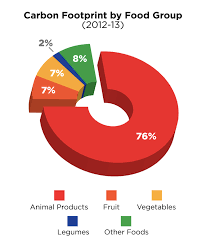
A rather simple solution to this is reducing our livestock production activities, but for doing so there needs to be a parallel decrease in demand for it.
There are many emerging alternatives to farm-bred animals for avid meat lovers who can't imagine changing their eating habits which include lab-grown meat and plant-based protein meat. I know these things sound like something out of a sci-fi movie but since it is actually making them true!
These are marvelous scientific breakthroughs but if you were to consider the food print of these alternatives the stats are surely lower but not promising. That's because even the most climate-friendly meat options still produce more greenhouse gases than vegetarian protein sources, like beans or nuts.
Given below is a table that compares the carbon footprint values for different plant and animal-based foods
Rank
| Food
| CO2 kilos equivalent
| Car miles equivalent
|
|---|---|---|---|
1
| Lamb
| 39.2
| 91
|
2
| Beef
| 27.0
| 63
|
3
| Cheese
| 13.5
| 31
|
4
| Pork
| 12.1
| 28
|
5
| Turkey
| 10.9
| 25
|
6
| Chicken
| 6.9
| 16
|
7
| Tuna
| 6.1
| 14
|
8
| Eggs
| 4.8
| 11
|
9
| Potatoes
| 2.9
| 7
|
10
| Rice
| 2.7
| 6
|
11
| Nuts
| 2.3
| 5
|
12
| Beans/Tofu
| 2.0
| 4.5
|
13
| Vegetables
| 2.0
| 4.5
|
14
| Milk
| 1.9
| 4
|
15
| Fruits
| 1.1
| 2.5
|
16
| Lentils
| 0.9
| 2
|
From the table, it is evident that plant-derived foods have much lower carbon emission levels.
You need to drive 63 miles to produce the same emissions as eating one kilogram of beef. Can you imagine!
Pork with the highest CF is the most widely-eaten meat in the world accounting for over 36% of the world’s meat intake. Hence, it is evident that livestock farming is a booming business. But, these stats also show that it is high time the global meat consumption trends need to undergo severe changes that support sustainability over the economy.
2] Dairy Industry:
The dairy industry is a very prominent one among the food industries and the demand for dairy products is universally high.
But Dairy processes produce a high CF. After all, meat and dairy have a common source.
Dairy and livestock are such a threat to the environment because each step in the animal breeding process lands a strong blow on the environment's shield. Starting with the feed which takes a lot of pesticides and fertilizers, which have been identified as a significant source of global warming pollution. Once the cow feeds they release methane, which is a potent GHG, through their digestive systems. And lastly, there is their manure which also produces significant GHGs. NRDC has documented high levels of methane emissions from the “lagoons” where factory farms dispose of animal waste. Cow dung also produces nitrous oxide, which is 298 times more powerful than carbon dioxide.
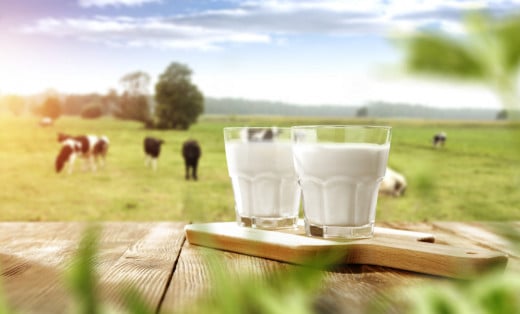
Even when dairy & livestock produce such challenges it is very difficult to reduce these practices since there is a matching demand for their products. To tackle this, consumers can consider using plant-based milk from sources like soy, rice, oat, almond, and coconut.
Dr. Thomas Unnasch, a Distinguished USF Health Professor at the College of Public Health found that producing one liter of pea milk results in 387 grams of carbon dioxide emissions, one liter of almond milk, 396 grams of carbon dioxide, one liter of soy milk, 397 grams of carbon dioxide, and one liter of dairy milk, 1,467 grams of carbon dioxide. So it is evident that plant-based milk is better for the environment.
But it is also essential to note that the environmental impact of a food product should not only be calculated through its carbon emission per kilo or tons but the nutritional value should also be considered. That's because compared to plant-based milk alternatives, animal milk has the highest nutrient density. Hence to compete with the same nutrition value as that of animal milk the quantity of plant-based milk consumption needs to be increased, but it will still not match the diverse nutrition that comes via animal milk.
In the case of milk, the CF is also affected by its composition, low-fat milk options are associated with lower emissions, with skim milk powder results in around 9% less GHG emissions compared to whole milk powder.
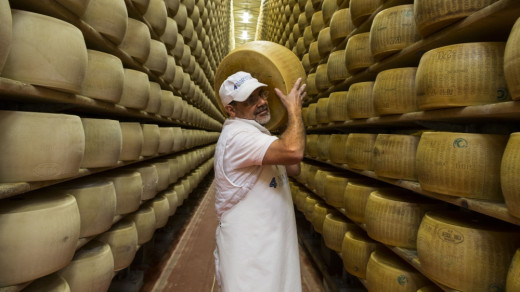
Other dairy products like cheese and eggs also have a high CF. As the Carbon Footprint for a food product is an aggregate of the farming practices, industrial processing, storage, transportation and waste disposal, and decomposition of that given food. For different foods, these activities can amount to the total CF in different ratios depending on the food.
Cheese is also a major CO2 contributor. Even though cheese is made from animal milk the factor that increases it's CF much higher than milk is accounted for by the transportation and storage practices. Most cheeses are left in warehouses to mature for years together where they require ambient temperature and moisture conditions to ensure perfect maturing. The resources required to maintain these conditions release a notable amount of GHGs. Also, even though a small fraction of cheese is imported, but that accounts for half of all the carbon emissions from cheese.
Other food industries also contribute to the crisis but so do all industries all over the world. The development of human comfort has always been a compromise when it comes to the environment.

The Solution
There are many ways we as consumers can elevate the current state of our environment, and these ways are not even too difficult to practice!
Be a conscious consumer:
-
Buy organic: As organically grown foods don't make use of chemical fertilizers and pesticides, it cuts down significantly on their CF.
-
Reduce: It is very difficult to entirely remove practices from our lives that have a high CF, so a better solution is to reduce such activities, and also try out some Lower CF alternatives while you're at it! Meat and dairy goods are some of the things that you can reduce from your life. Other goods like imported products that have a high transporting CF can be replaced by other local alternatives.
-
Go local: Buying local products reduces the transport CF if you were to but the same thing through an import. Go for local options, since this not only reduces your CF it will also help local producers with their economy.
-
Recycle: Making things from the beginning always requires more energy and thus releases more CO2, by recycling the energy and raw materials required can be cut down to almost half.
-
Try plant-based alternatives: Production of animal products comes with numerous challenges, as mentioned above. But lucky for us, science has given us a number of plant-based options, so go for these options once in a while.
-
Opt for less processed foods: From the apple example above it must be clear that processed foods have a larger CF than their fresher and local alternatives, so try avoiding highly processed foods when possible as they aren’t helping your health either.
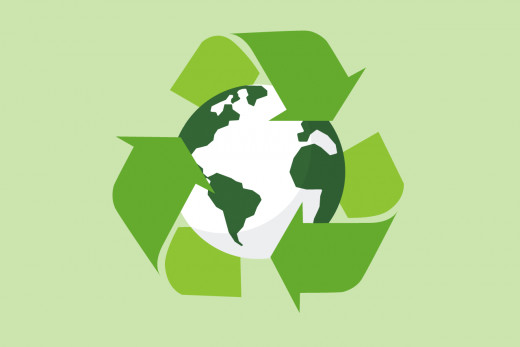
A Greener Tomorrow
Technology growing at a wild pace with new developments and sustainable solutions, what is left to do is the implementation of these greener technologies in our life.
Being sustainable doesn't necessarily require going for expensive tech, but as mentioned above it can be achieved by simply being aware of what you are buying and doing and how you can reduce your individual CF.
A greener tomorrow is in your hands, in your life choices. The best way to moderate your CF is to be aware of the things you buy and the activities you engage in.
I hope this article has an impact, and you make some changes in your life choices to step towards a greener future!
This content is accurate and true to the best of the author’s knowledge and is not meant to substitute for formal and individualized advice from a qualified professional.
© 2020 Ishleen Kaur Virdi


